We all want a lush, green, clean, and serene lawn. And, if you are a lawn owner, you must know that fertilization is an essential part of a healthy lawn care routine. However, it is important to fertilize your lawn correctly and at the right time.
Doing otherwise could actually do your lawn and the grass in it more harm than good! In this article, let’s talk about when is it too cold to fertilize lawn.
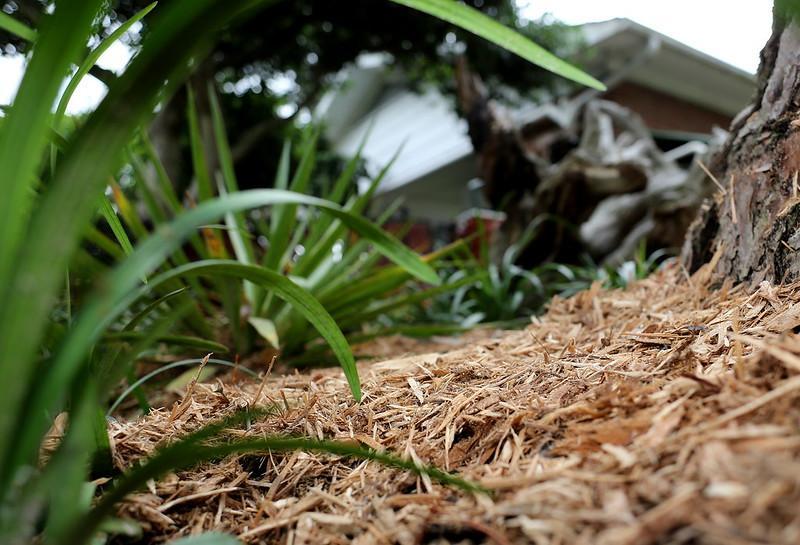
Lawn grasses go dormant when it gets too cold and should not be fertilized during this period.
If it is too chilly outside, you will be wasting your time and money if you fertilize your lawn. The grass, during extreme cold, enters a state of dormancy. Fertilizing during this time is counterproductive and can even put the grass under immense stress.
But, exactly how cold is too cold to fertilize your grass?
If the temperature outside is less than 60 to 70 degrees Fahrenheit, you should try to avoid applying fertilizer to your lawn. Below these temperatures, fertilizing your lawn will just feed the weeds, stunting the growth of your grass.
In other words, you ought to wait to fertilize a yard until the grass is actively growing.
However, you may have heard that fertilizing your lawn in early spring and late fall is essential for a healthy lawn. Is it true? Read on to find out!
How Does Cold Affect Your Lawn?
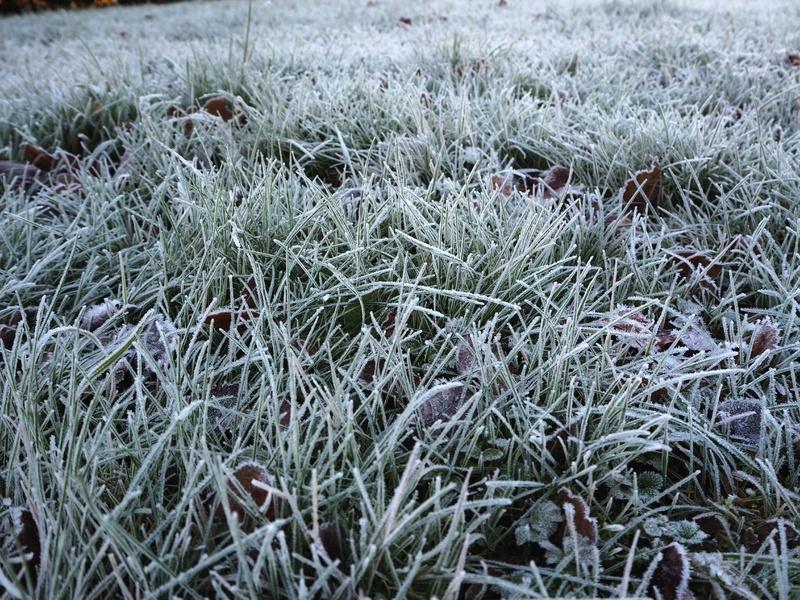
As frost freezes your grass, it makes it brittle, and when you walk on brittle grass, grass cells rupture and die.
Contrary to popular belief, there is typically no frost during the chilliest times of winter because the air outside is so dry. Typically, the season of frost begins relatively early during the spring and extends for a considerable amount of time into the fall.
Frost is most common around the last part of October (at least in the area where I live).
Nevertheless, frost can form on your lawn when it is too chilly outside, and there is a lot of moisture in the air. Also, when the temperature drops significantly in the winter evenings, the dew that falls on your grass will freeze as it settles.
Related: What Is The Best Lawn Fertilizer Ratio? A Comprehensive Guide To N-P-K Numbers
Can I Fertilize My Lawn In Frost?
It’s a popular misconception that once you start getting regular frost on your plants, you shouldn’t fertilize them.
However, that is not the case at all. In some cases, you may still be able to apply fertilizer to your grass as late as the beginning of December.
Grass roots continue to grow and produce new tissue until the ground freezes. As a direct consequence of this, the middle to the latter part of November is often an excellent time to apply fertilizer in many regions.
Also, many top-rated lawn fertilizers for the fall have high potassium to buffer the effects of low temperatures on the grass.
Even if frost has formed on your lawn and the grass has stopped growing, it is highly unlikely that the soil will freeze, too, due to the frost. Your grass might still be able to make use of the nutrients in the ground, and you should not avoid fertilizing it.
Check The Soil

Fertilizing when the weather is too cold stimulates shoot growth rather than root growth.
There is no one set day to begin fertilizing your lawn because of the vast spectrum of possible weather and temperature conditions.
You can use this soil temperature map in combination with a soil thermometer to determine if fertilizer can be safely applied to your grass.
Using both will provide an accurate reading, as the soil thermometer can be affected by daylight spikes.
So, the average temperature readings provided via the temperature map will represent the area more. Taking readings with a soil thermometer is very simple. Just, place the probe about 7.5 centimeters (3 inches) deep into the ground, and you are done.
The soil temperature map is also straightforward to use; all you have to do is enter your location.
It will provide information on the current soil temperature, the average temperature for the past 24 hours, and the average temperature for the past five days.
What Happens If You Fertilize When It Is Too Cold?
Applying fertilizer when the temperature is too low might also encourage the growth of shoots rather than roots.
This way, you will have a lawn that looks good for a short time, but if the roots aren’t allowed to grow properly, your lawn won’t last very long and will die.
Also, your grass will go dormant in the colder months of the year. It’s similar to hibernation in that the plant ate well in the fall and is now resting through the colder months.
If you fertilize your lawn when your grass has not awakened from its dormant stage, it will not be able to take in the nutrients from the fertilizer you have spread. On the other hand, weeds will flourish in the presence of fertilizer, and your lawn may end up being overrun by them.
Fertilizing Different Types Of Grass In Cold
When fertilizing your lawn, the lowest temperature at which you safely apply the fertilizer to your lawn will also be determined by the type of grass. Lawns are made of either warm-season grasses or cool-season grasses, and each type has different fertilizer needs.
Warm-season grasses are more active in the late spring and early summer.
On the other hand, cool-season grasses go dormant in late spring as the air and soil temperature rises. And if you’re thinking about what temperature is too cold to feed your lawn grass, chances are you have cool-season grass.
Nevertheless, here is what you need to know about fertilizing or feeding warm-season and cool-season grasses in the cold months of the winter.
Related: How to Read Fertilizer Numbers? What Is The NPK Ratio? A Comprehensive Guide
Fertilizing Warm-Season Grasses In The Cold
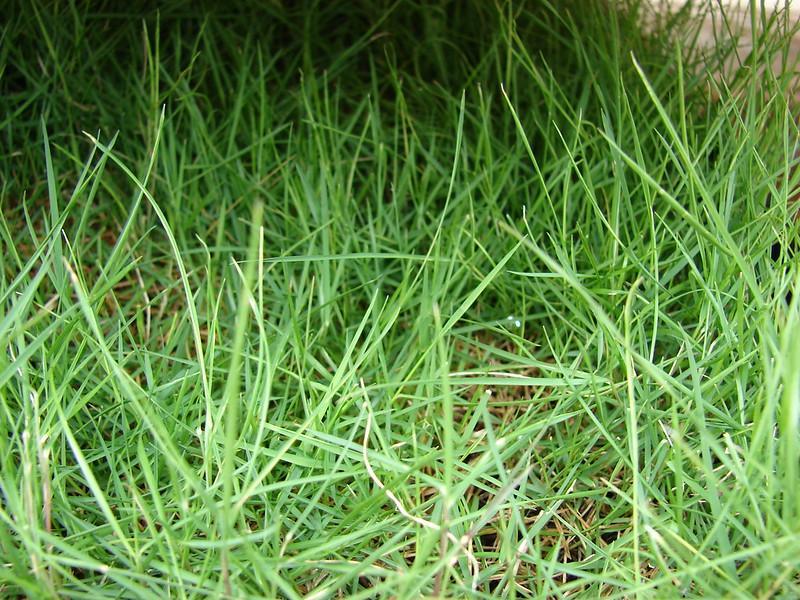
Warm-season zoysia is an aggressive spreading grass that can basically starve out weeds.
Warm-season grasses flourish in temperatures of 70 degrees Fahrenheit or higher and can be found growing in USDA zones 7 through 10.
These growing zones are a little unusual because some may have temperatures below freezing, while others have consistently hot temperatures throughout the year. That’s why there can not be a “Fertilize Your Lawn Day.”
Fertilizing warm-season lawns should be done every four to eight weeks when the soil temperature is between 60 – 70 degrees. Warm-season grasses (Zoysia grass, St. Augustine grass, Kikuyu grass, Centipede grass, and Bermuda grass) are hardy. They can thrive in various soil conditions, even soils salty and deficient in nutrients.
However, as temperatures drop into the 50s, they enter a state of dormancy and remain there until the temperatures rise. During this time, there is no point in fertilizing the warm-season lawns; you would just be wasting money and resources.
Fertilizing Cool-Season Grasses In The Cold
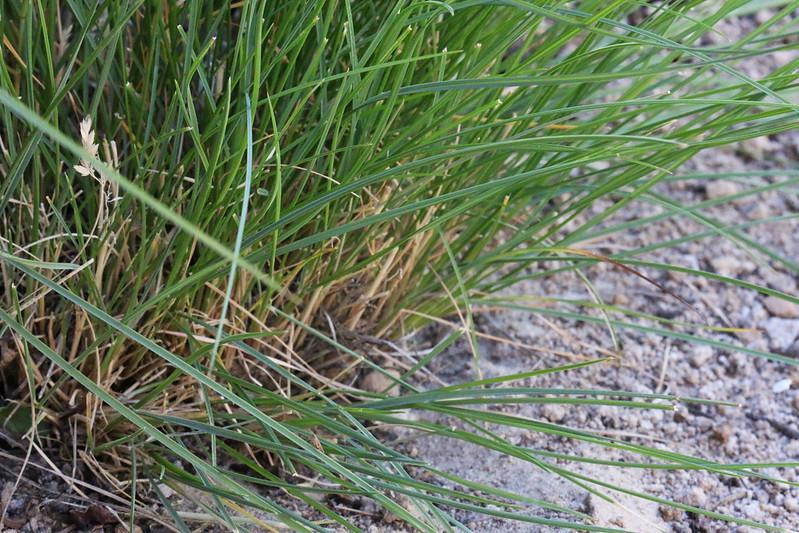
Kentucky bluegrass is a cool-season grass that thrives in the autumn, winter, and spring.
You may have cool-season grass if you live in USDA Hardiness Zones 1 to 6.
Cool-season grasses need to have two applications of fertilizer, once in the spring and another in the fall. However, they should be left alone during the summer.
This is due to the fact that when the air temperature gets too warm in the late spring, cool-season grass will go dormant. In addition, cool-season grass goes dormant in the winter when soil temperatures regularly remain below 45 degrees F.
As stated previously, there is no use in fertilizing your grass during these times because the grass is dormant and not actively growing, so it will not be able to use the nutrients that are being added to the soil.
However, if you don’t have the leisure to feed your yard four times a year, the ideal time to feed your cool-season grass is in the fall.
Related: The Best Time Of Day To Fertilize Your Lawn | A Comprehensive Guide
Fertilizing Cool & Warm-Season Grasses
| Degrees | Warm-Season Grasses | Cool-Season Grasses |
| 80 Degrees | You should fertilize your grass once every four to eight weeks at these temperatures. | It is too hot to fertilize your cool-season grass at this temperature. |
| 70 Degrees | You should fertilize your grass once every four to eight weeks at these temperatures. | In these conditions, your soil is too hot to benefit from fertilization. |
| 65 Degrees | Spring: This temperature will trigger the growth of your grass. During this soil temperature, apply fertilizer. Fall: The development of your lawn will start to slow down at this temperature. When the soil is this warm, apply fertilizer. | Spring: Your lawn will grow rapidly during this time. So, if you can, mow twice weekly and fertilize your cool-season turf. Fall: If you have a warm summer, you can expect your lawn to begin growing again. Apply fertilizer at this soil temperature as well. |
| 55 Degrees | Spring: At this temperature, cool-season weeds begin their growth. Do not fertilize. Fall: At this temperature, your lawn develops slowly or goes dormant. Do not fertilize. | Spring: Your grass will begin to grow at this time. During this soil temperature, apply fertilizer. Fall: Your lawn will begin to go dormant at this point. So, reduce lawn fertilization. |
Don’t Fertilize Too Early In The Spring!

Fertilizing too early in the spring increases shoot growth but not root growth.
Fertilizing grass too early in the spring might be problematic because it can encourage the grass to spend too much on shoot growth rather than root growth.
However, a healthy lawn needs robust and deep roots if it is to keep its green color in the long run and survive the brutality of the coming summer.
In addition, if you fertilize your lawn too soon in the spring, you will only be wasting your fertilizer. It is because your grass is still dormant, and it won’t be able to absorb the nutrients in the rainwater before they run off with the next rainfall.
However, weeds may already be present in your yard, just waiting for you to fertilize them so they can outcompete your grass.
The best time to fertilize in the springtime is when the daytime air temperatures are consistently in the 70s.
Some Tips For Effective Fertilization
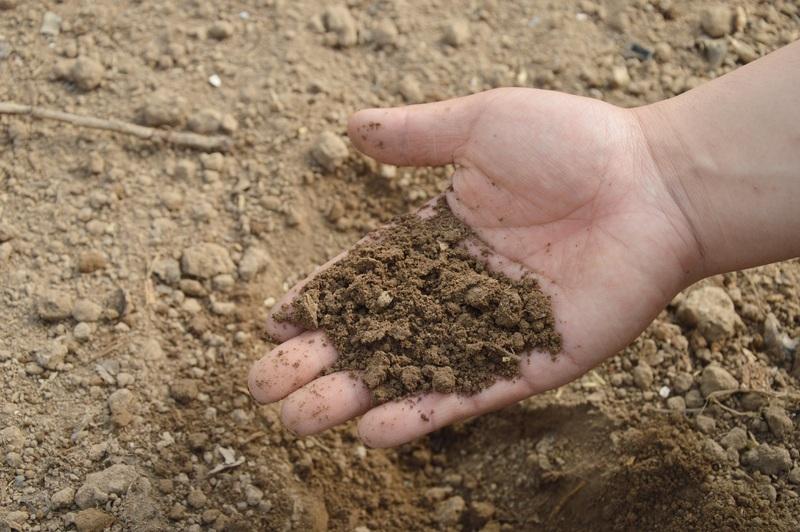
Always read and follow the instructions when buying and using fertilizer.
There are more factors to consider if you want to get the maximum out of the cash you invest on lawn fertilizer and feeding your lawn when the temperature isn’t too chilly.
1. Don’t Fertilize Dormant Grass
Nitrogen-rich fertilizer is not something that should ever be applied to a dormant lawn. If you fertilize your lawn when it’s too cold and the grass isn’t yet growing, the weeds will flourish and take over.
Furthermore, if the fertilizer is left on top of the grass blades for an extended period of time, you may end up with burned grass. Similarly, if there is a drought, you should also hold off on fertilizing your grass until it has passed.
2. Always Follow Instructions
When you buy lawn fertilizer, it is imperative that you always thoroughly read both the label and the instructions.
You need to know how long it will last, how much fertilizer to spread per square foot, and how often you need to reapply fertilizer. Be careful not to over-fertilize your grass since this could end up causing more problems than it solves.
3. Plan Ahead
Make detailed plans in advance and devise an efficient fertilization schedule. If you want to take proper care of your lawn, you need to plan out your lawn care schedule well in advance of when the necessary tasks need to be completed.
Prior to the first frost, you should also aerate your lawn. If dethatching is necessary for your grass, you should also do that. It will not only boost the efficiency of the fertilizer but will also alleviate any compaction that may have developed.
Fertilizer Application Rates For Home Lawns
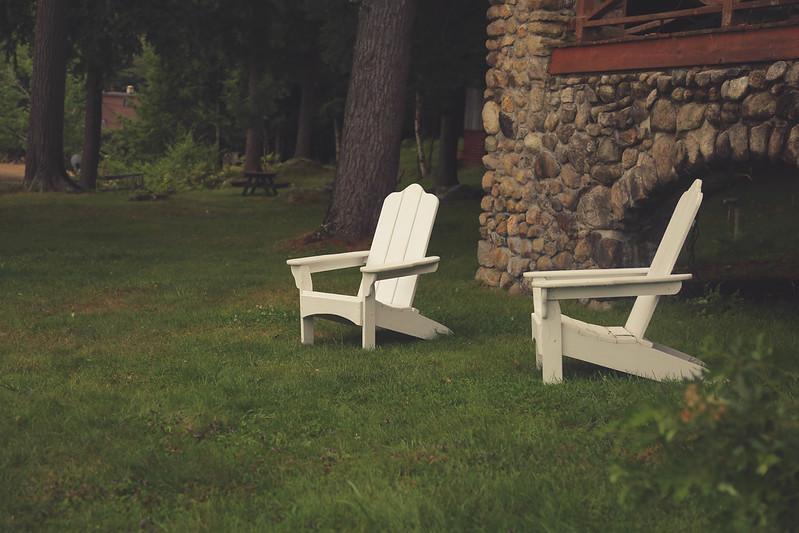
Different grasses need different amounts of fertilizer to be applied in different seasons.
It is critical to check the fertilizer label to determine how much nitrogen is present in the bag. Less fertilizer will need to be administered when using nitrogen-rich fertilizers.
The three digits printed on the fertilizer bag, the NPK, can be used to calculate the amount of nitrogen. You should apply one pound of nitrogen for every one thousand square feet of grass.
However, during vigorous growth, you may need to raise the quantity of nitrogen between two and three pounds for every one thousand square feet of lawn.
Additionally, various varieties of grass call for varying amounts of fertilizer to be applied.
For instance, for every one thousand square feet of lawn, bluegrass and ryegrass require around one pound of nitrogen.
Whereas warm-season grasses like Bermuda grass need approximately three pounds of nitrogen per one thousand square feet of growing space.
Final Thoughts
To get the best results from fertilizing your lawn, you need to make sure you do it at the proper time of year (and at the right temperature, too).
Fertilizing cool-season grass is safe at soil temperatures of about 55 degrees Fahrenheit; if the soil is colder than that, however, you should leave it alone.
However, warm-season grasses should not be fertilized if the soil temperature is less than 65 degrees Fahrenheit. The important thing to remember is that feeding your lawn when the grass is dormant will result in fertilizer waste.
In addition, when applying the fertilizer, ensure that the air temperature is consistently above sixty Fahrenheit, and pay attention to the recommendations printed on the fertilizer packaging.
Frequently Asked Questions
Can I apply fertilizer in January?
Most professionals advise applying fertilizer at least once in the winter. However, you should avoid it if it is extremely cold or frosty outside. Additionally, we recommend that you seek the advice of professionals regarding the best time to apply winter fertilizer to your lawn and garden, either early or late in the winter season.
How late can you put down winter fertilizer?
In general, if possible, you should apply the fertilizer sometime between September 1 and October 15. The further north you reside, the sooner you will need to fertilize your lawn.
The objective is to have at least one month of favorable conditions for growth before winter.
Is it too late to fertilize your lawn in November?
The final fertilizer application on your lawn should take place at the end of October or early November. The specific timing of when to fertilize varies depending on the weather conditions and the climate zone that you live in. However, most places should make the final fertilizer application sometime in November.
Can you fertilize your grass in December?
Where you live can have an effect on when you should apply winter fertilizer. The root system of your grass stays active until the earth freezes, which usually occurs in mid to late December. Again, fertilizing your plants in early to mid-November permits their roots to continue receiving nutrients and preparing for the winter.
Sources for Further Reading
Turfgrass Fertilization: A Basic Guide for Professional Turfgrass Managers. (2022). Retrieved August 29, 2022, from https://extension.psu.edu/turfgrass-fertilization-a-basic-guide-for-professional-turfgrass-managers
Winterizer Lawn Fertilizer | Horticulture, Landscape, and Environmental Systems | Nebraska. (2022). Retrieved August 29, 2022, from https://communityenvironment.unl.edu/winterizer-lawn-fertilizer
Sherratt, P. (2015). The Benefits of Late Season Fertilizer. Retrieved August 29, 2022, from https://u.osu.edu/athleticfieldmanagement/2015/11/24/the-benefits-of-late-season-fertilizer/
Strickland, J. (2021). Think Twice Before Fertilizing Your Lawn This Fall. Retrieved August 29, 2022, from https://wayne.ces.ncsu.edu/2021/09/think-twice-before-fertilizing-your-lawn-this-fall/
Editor’s Recommendations
How To Create A Wildflower Meadow? And, Is A Wildflower Lawn Worth It?
How To Fix A Patchy Lawn? Steps, Tips & Tools Needed | A Comprehensive Guide
Water Trough Gardening: Is It The Right Choice For You? A Comprehensive Guide







